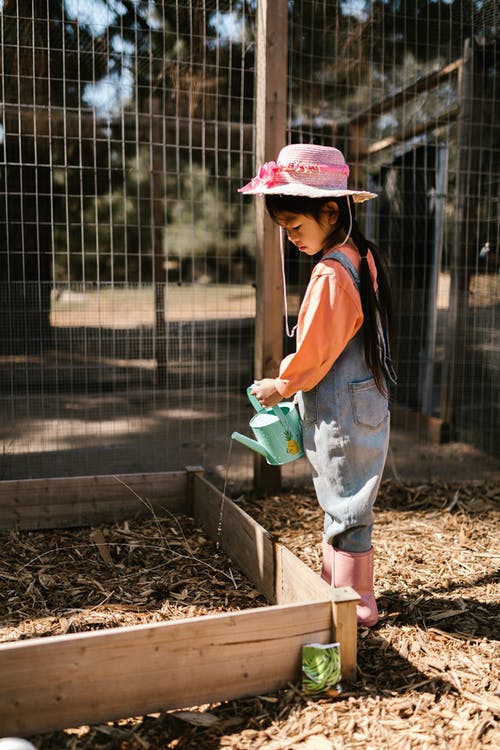As the economy continues to adjust to inflation, composting is becoming a global trend. It may seem like everything is getting more expensive, but when you can reuse the “trash” you once threw away, your garbage is saving you money. Composting or a Compost Heap is also popular with people who want to reduce their carbon footprint and/or produce a thriving garden.
Still, if you’re going into composting thinking you just need to throw your scraps and dead plants in a pile, you might end up with a slimy mess. The process is a skill that requires careful planning and tending, as with any garden activity.
Ready to turn your trash into a natural treasure? Use these four tips to make a compost heap in your home.
Table of Contents
1. Choose Indoor or Outdoor Composting
Composting can be performed indoors or outdoors (or both), as long as you have the right setup.
Either way, you’ll need a composting bin and a place to store it. Many people use the space under the kitchen sink for inside composting. It’s a convenient location to throw scraps, and it mimics the cool, dark environment.
Outdoor composting is a little trickier because you need to make sure your bin can’t be accessed by hungry or nosy animals. We suggest using the side of your house and fencing off a perimeter around your compost space.
Consider how much sun that side of the house gets. Regular compost bins are fine in direct light, but if you’re going to use worms to speed up the process, they’ll dry out with too much light. Shady areas decrease the rate of water evaporation and let you control your mini ecosystem easier.
2. Include the Right Elements
Before you get started, it’s important to understand what you can and can’t put in your bin. Compost is waste, but that doesn’t mean you can throw just anything into the pile.
The best types of compost include things like fruit and vegetable leftover peelings, grass and plant cuttings, and teabags. Then you’ll need some dry goods, like paper, leaves, and cardboard egg boxes. These add essential fiber and air pockets.
What About Cannabis and Other Natural Products?
Now that cannabis is gaining traction, many people wonder if they can add their trimmings to their compost bin.
As long as it’s legal in your state, cannabis can add a variety of enriching nutrients to the soil. Veriheal has more information on composting with cannabis and using trimmings here.
Never include anything that’s going to rot and attract the wrong kinds of pests, like meat and dairy products.
Fertilizer is fine, as long as it’s not your baby’s or pet’s waste or cat litter. These things will stink up your home and bring maggots and other wanted critters.
3. Focus on the Balance
Composting is a serious case of the Goldilocks phenomenon. Your waste can’t be too wet or too dry. It must be just right.
This involves mixing green (wet) waste with brown (dry) waste. Too much brown? Add greens like plant trimmings to moisten the soil. Too wet? Add crumpled-up cardboard (browns) to dry it out.
Eventually, you’ll learn what a balanced compost heap looks like and when to add certain things to avoid letting things dry out or rot.
4. Aerate and Activate
Finally, tell Alexa or Siri to add a reminder to your schedule to turn your compost regularly. If you want a quick turnover, this should be done every three weeks or so. It takes at least two weeks for the center of the pile to get warm enough for bacteria to get active.
The action of turning the compost aerates the waste and mixes everything together. It’s almost like a blender, encouraging everything to mesh and break down faster.
There are compost activators (also called accelerators) on the market that ensure your enzymes are balanced. If you notice your compost isn’t naturally dark and rich like soil, consider investing in an activator.
Conclusion
The stigma of a compost pile is long gone. Now, composting is a natural and preferred way to grow produce, save money, improve plant growth, and do so much more!
All you need to do is follow these four simple tips, and you’ll be on your way to producing fresh, rich soil and reducing environmental waste.







